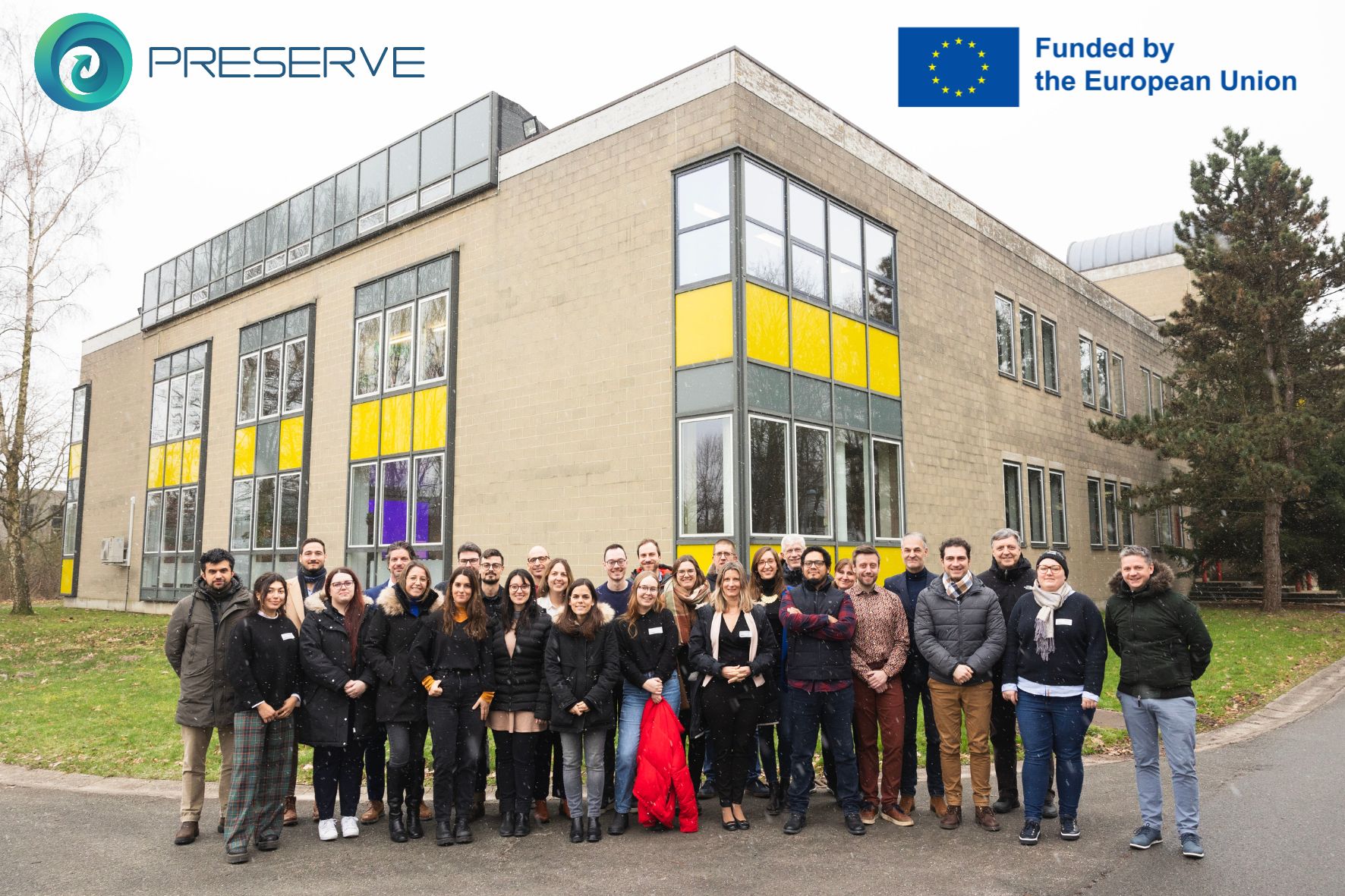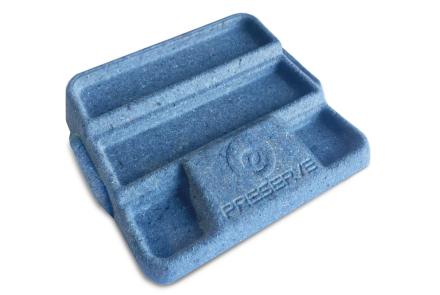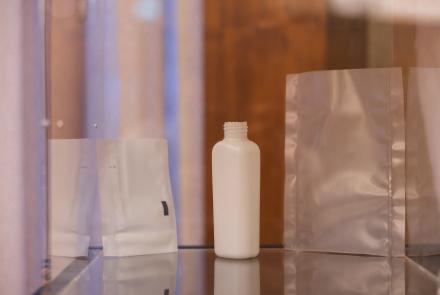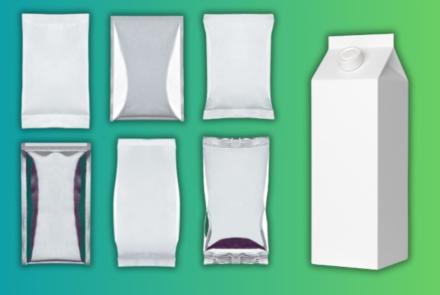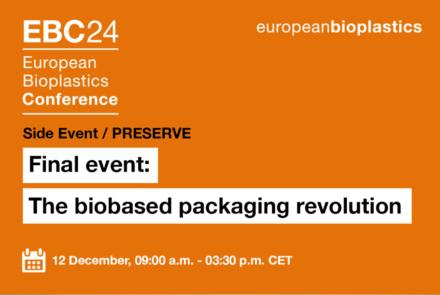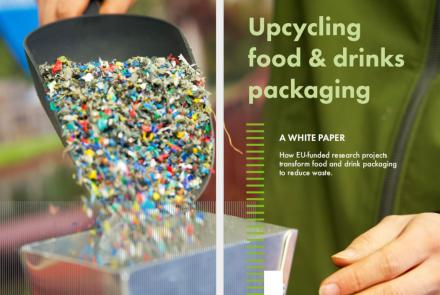PRESERVE M36 meeting unveils breakthroughs in biobased packaging recycling technology
In the heart of Ghent, Belgium, the latest milestone of the PRESERVE project unfolded at the Centexbel and Normec OWS facilities, a pivotal moment where partners converged to showcase groundbreaking advancements in biobased packaging recycling.
The meeting commenced with Dr. Aldo R. Reyes, the project coordinator, providing an insightful overview and addressing essential formalities. An imminent official review will gauge the project's implementation, ensuring it aligns seamlessly with its ambitious objectives.
Innovations in Materials Recovery: PRESERVE advances in HSI
The spotlight then turned to the core of the project's activities, with dedicated teams sharing the fruits of their labor. IRIS, at the forefront of hyperspectral imaging (HSI), unveiled protocols tailored for the PRESERVE project. HSI, a cutting-edge technique analyzing a broad spectrum of light, promises to revolutionize materials separation and recovery in recycling facilities. Planet Bioplastics explored the delamination of coatings, offering another way for enhanced materials recovery. Centexbel showcased expertise in upcycled reprocessing, while the University of Bologna delved into enzymatic recycling, a key player in targeted biobased packaging degradation. OWS has shown the results on biodegradation assessment and home composting.
Sustainability and Economic Assessments: the cost of biobased packaging
The subsequent presentations delved into crucial aspects of the project. Suëdpack presented the latest versions of the PRESERVE demonstrators and the targets that need to be achieved for the successful application of PRESERVE solutions. Next Technology Tecnotessile, spearheading life cycle assessments, examined the sustainability and economic costs of PRESERVE demonstrators. ITENE contributed insights into circularity assessment, shedding light on regulatory requirements.
Communication, Dissemination, and Impact Strategies: what's next in the PRESERVE project?
The meeting's finale encompassed communication, dissemination, and impact strategies. ASU outlined plans for consumer perception surveys, EUBP provided updates on European Commission policies, KNEIA showcased communication results, and Crowdhelix detailed clustering activities with other EU-funded initiatives.
The M36 meeting was a crucible of ideas, setting the stage for impactful strides towards 2030 in the realm of biobased packaging. The PRESERVE project is not merely an initiative, but has the confidence to become the catalyst for sustainable change in the future of biobased packaging recycling.


